Filter data
|
ID |
Nickname |
Country / City |
Languages |
Taxonomies |
Comment |
Project / Group |
Map |
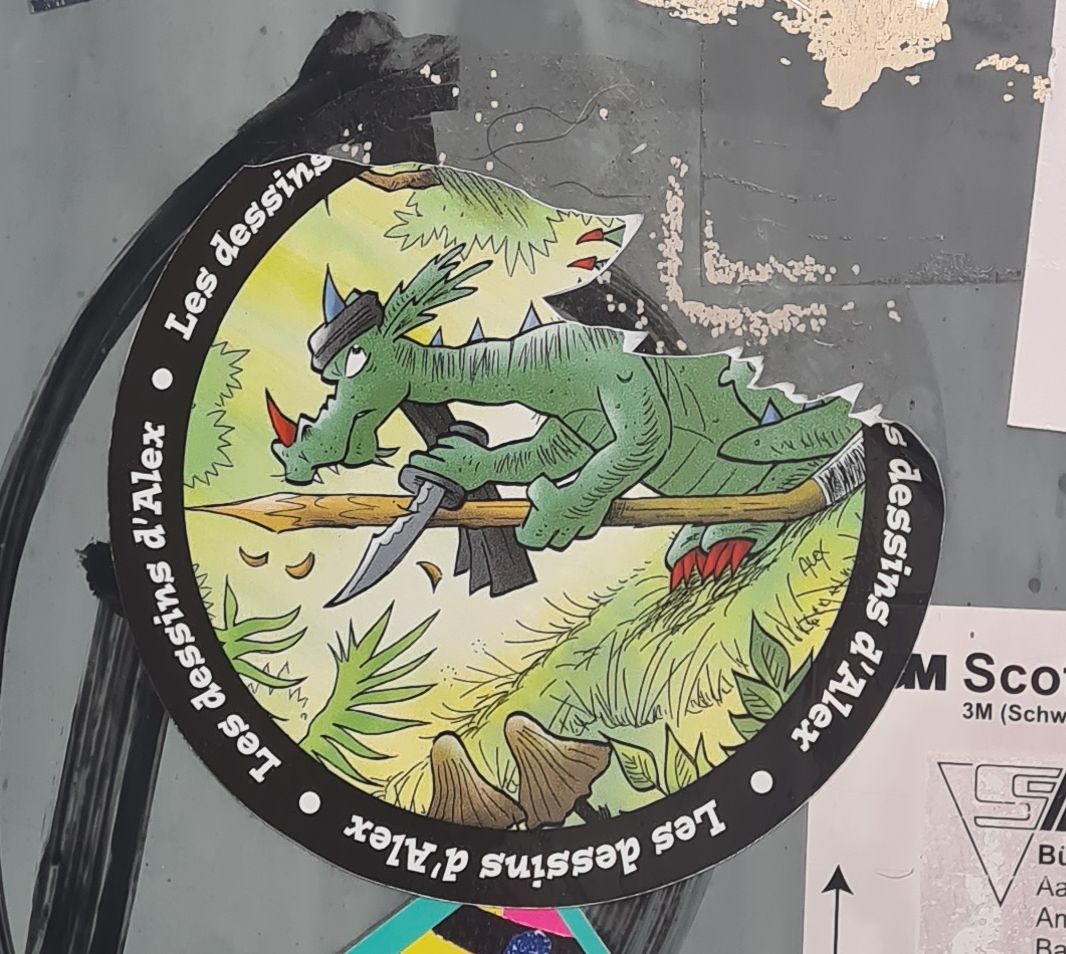
|
144266
|
L-U.K
|
Switzerland
Fribourg
|
|
|
—
|
Freiburg/Fribourg2025
|
|
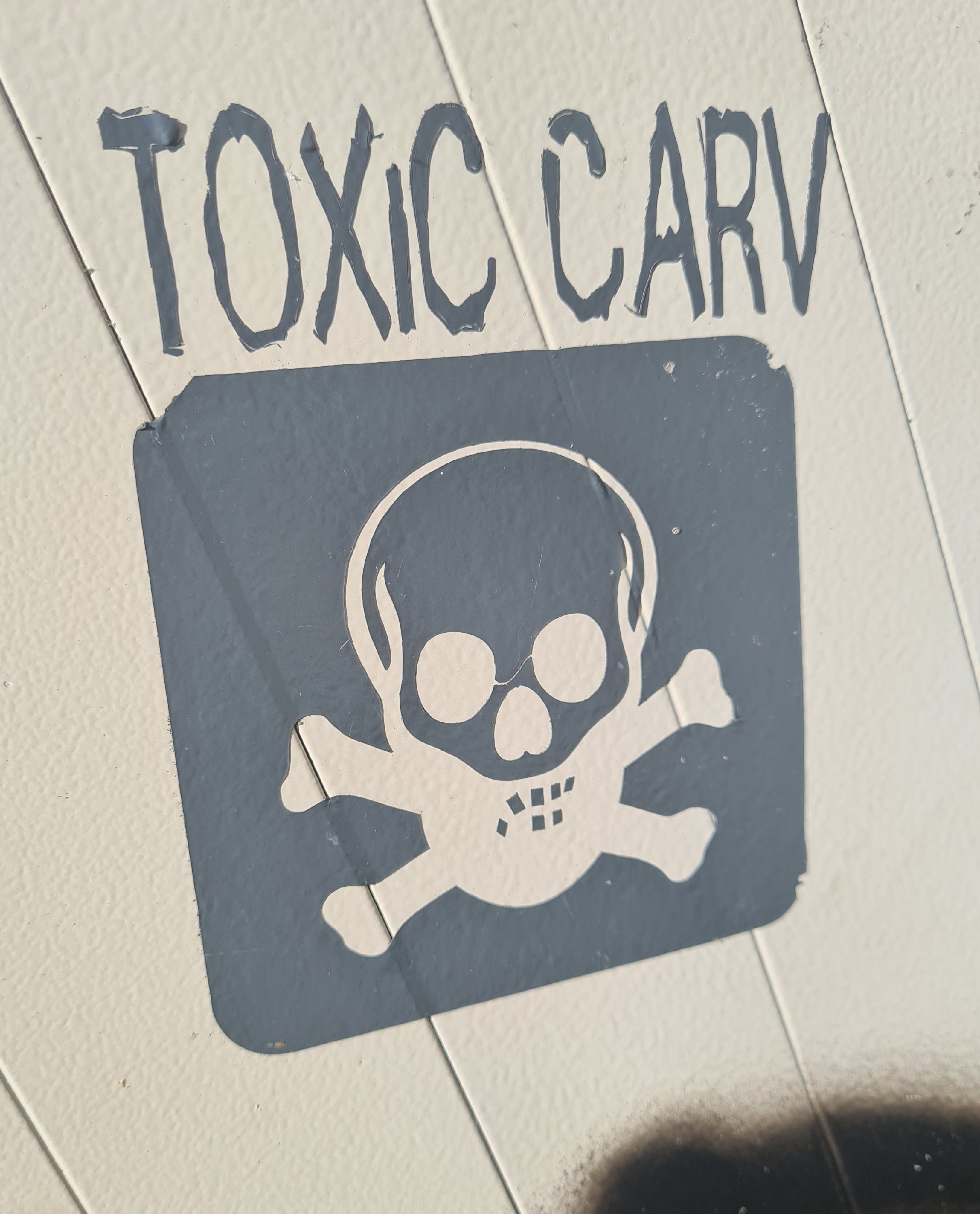
|
145034
|
L-U.K
|
Switzerland
Fribourg
|
|
|
—
|
Freiburg/Fribourg2025
|
|
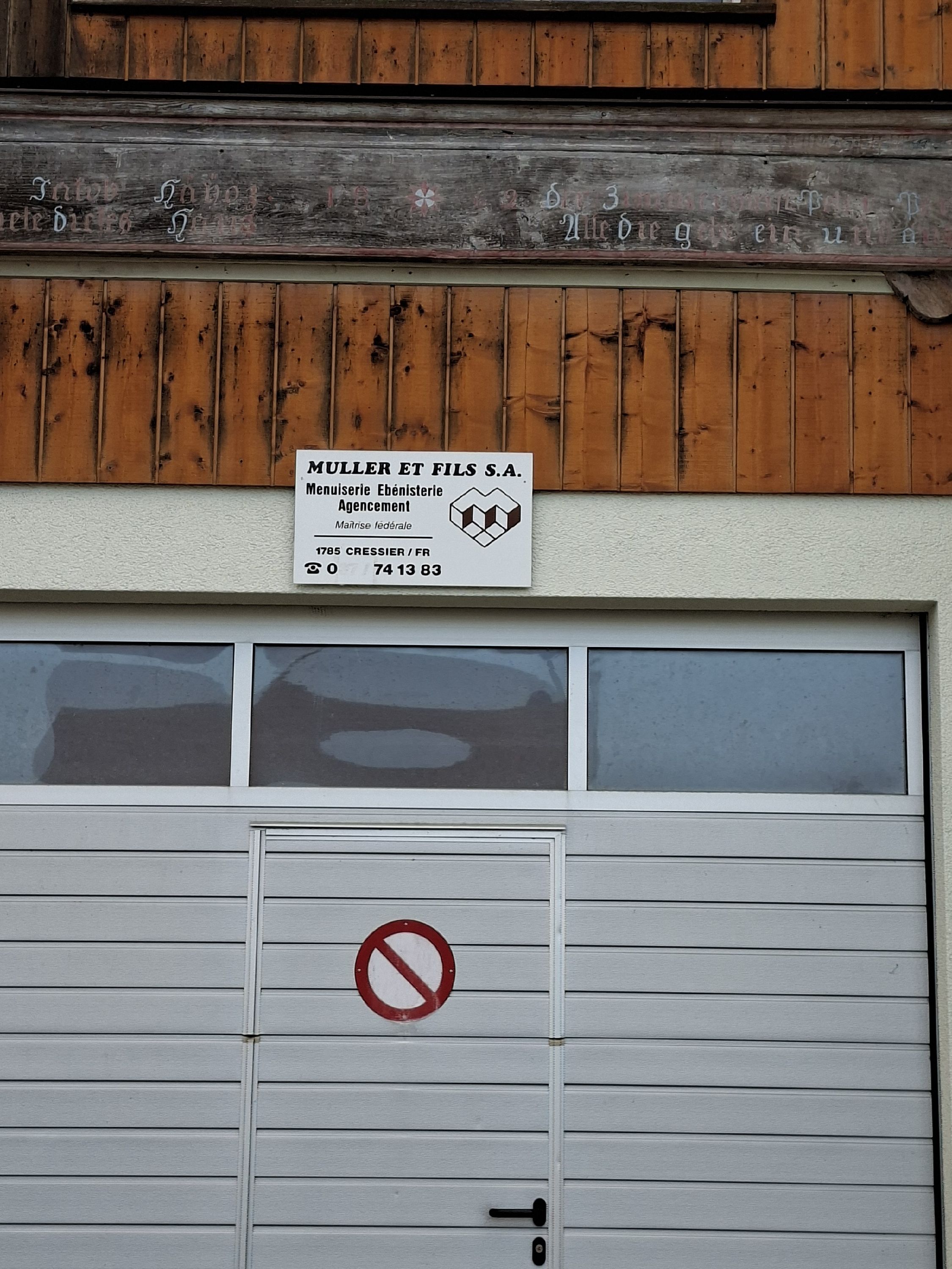
|
146826
|
Laurent
|
Switzerland
Cressier
|
|
|
—
|
|
|
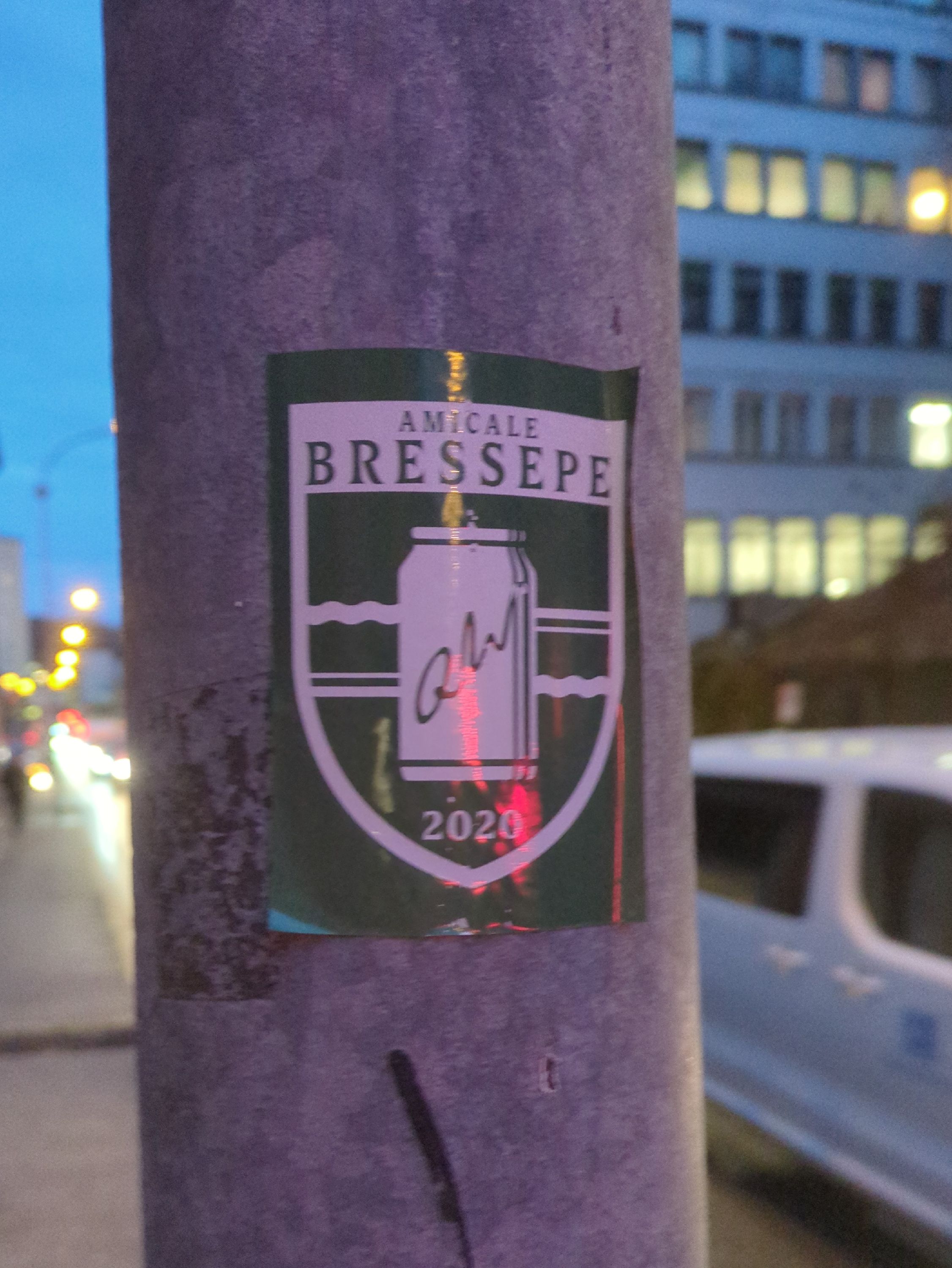
|
148106
|
jwidmer
|
Switzerland
Fribourg
|
|
|
—
|
Freiburg/Fribourg2025
|
|
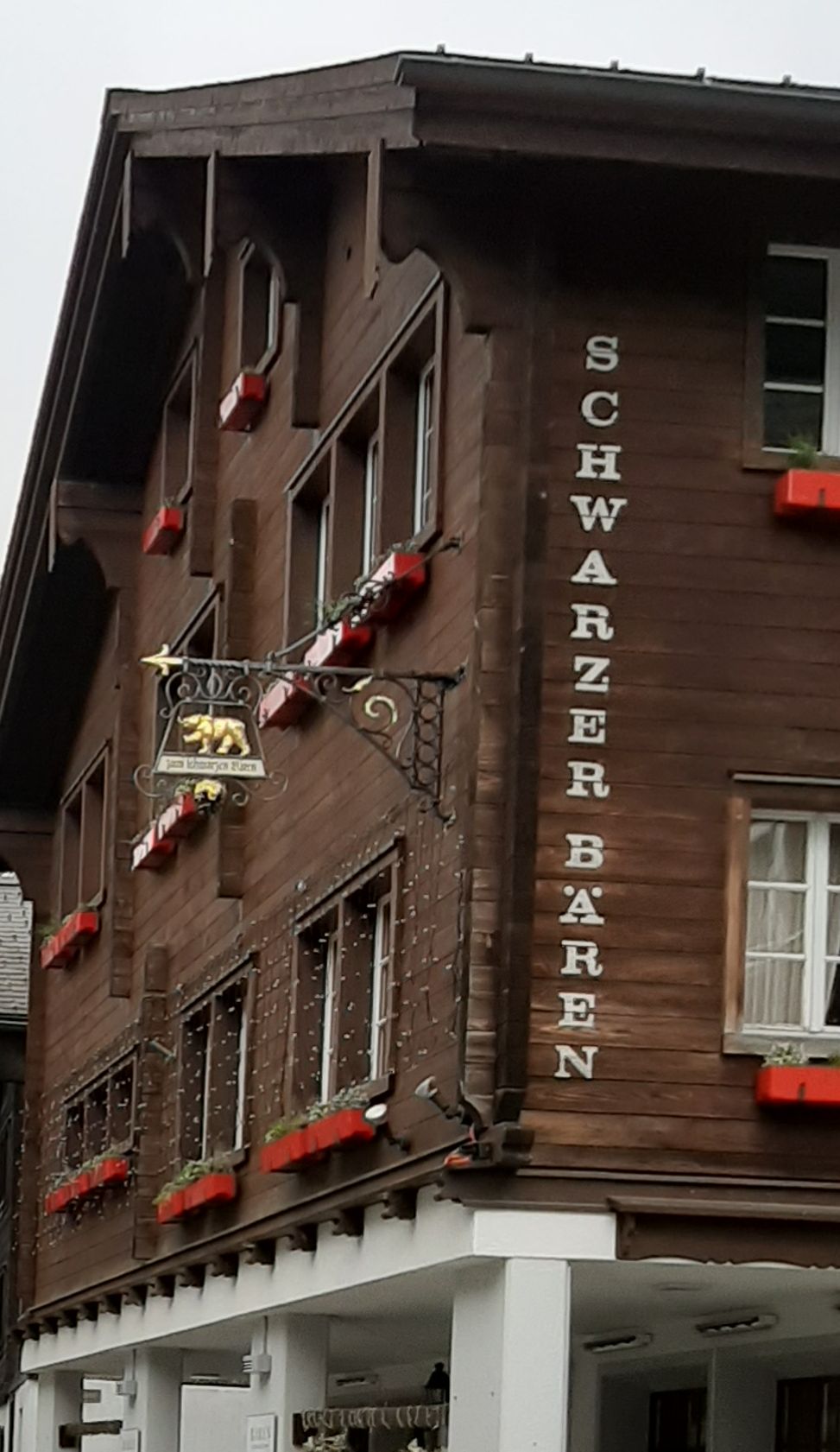
|
27274
|
|
Switzerland
Andermatt
|
|
|
—
|
BA Linguistic Landscape
|
|
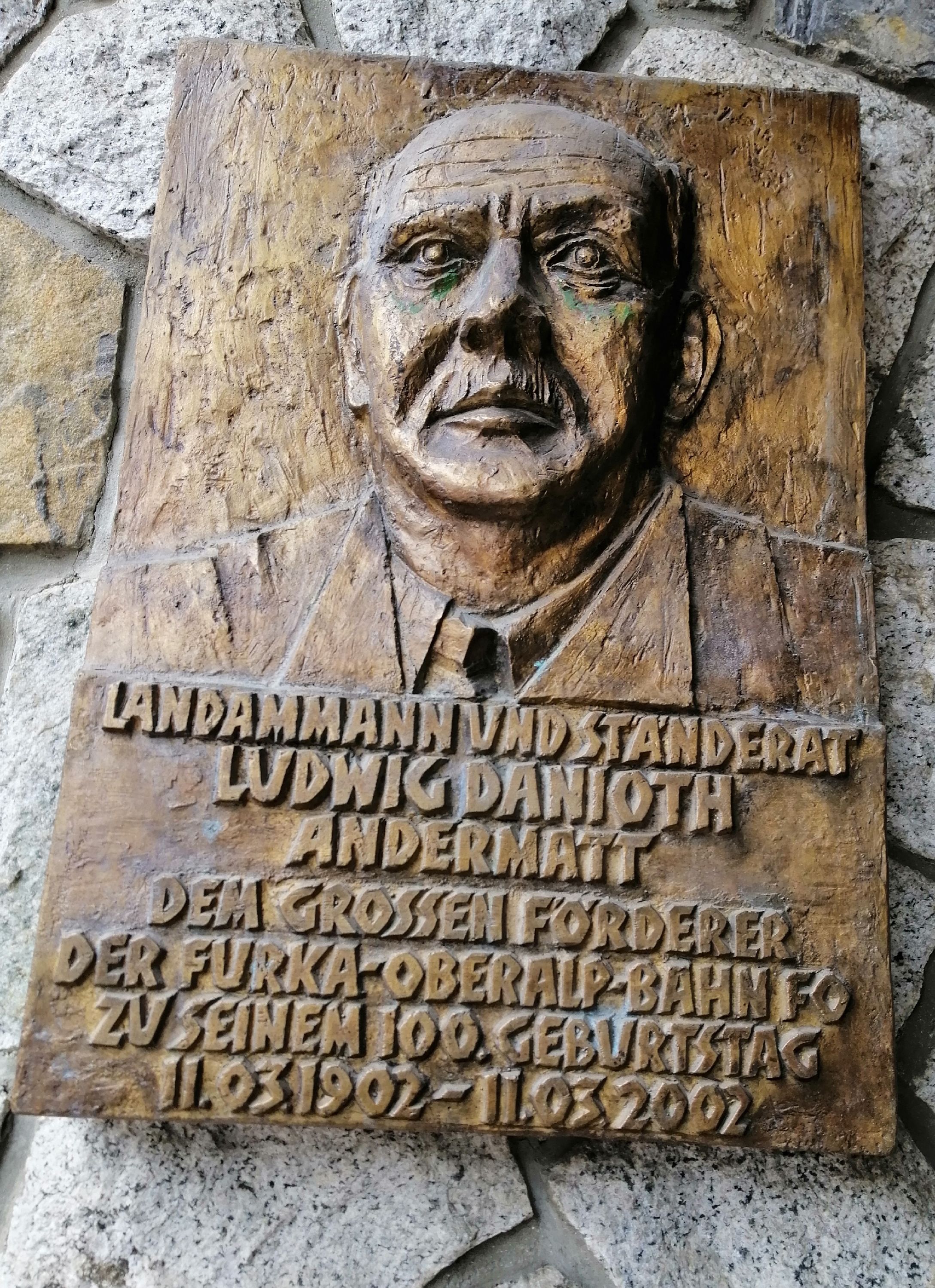
|
27786
|
|
Switzerland
Andermatt
|
|
|
—
|
BA Linguistic Landscape
|
|
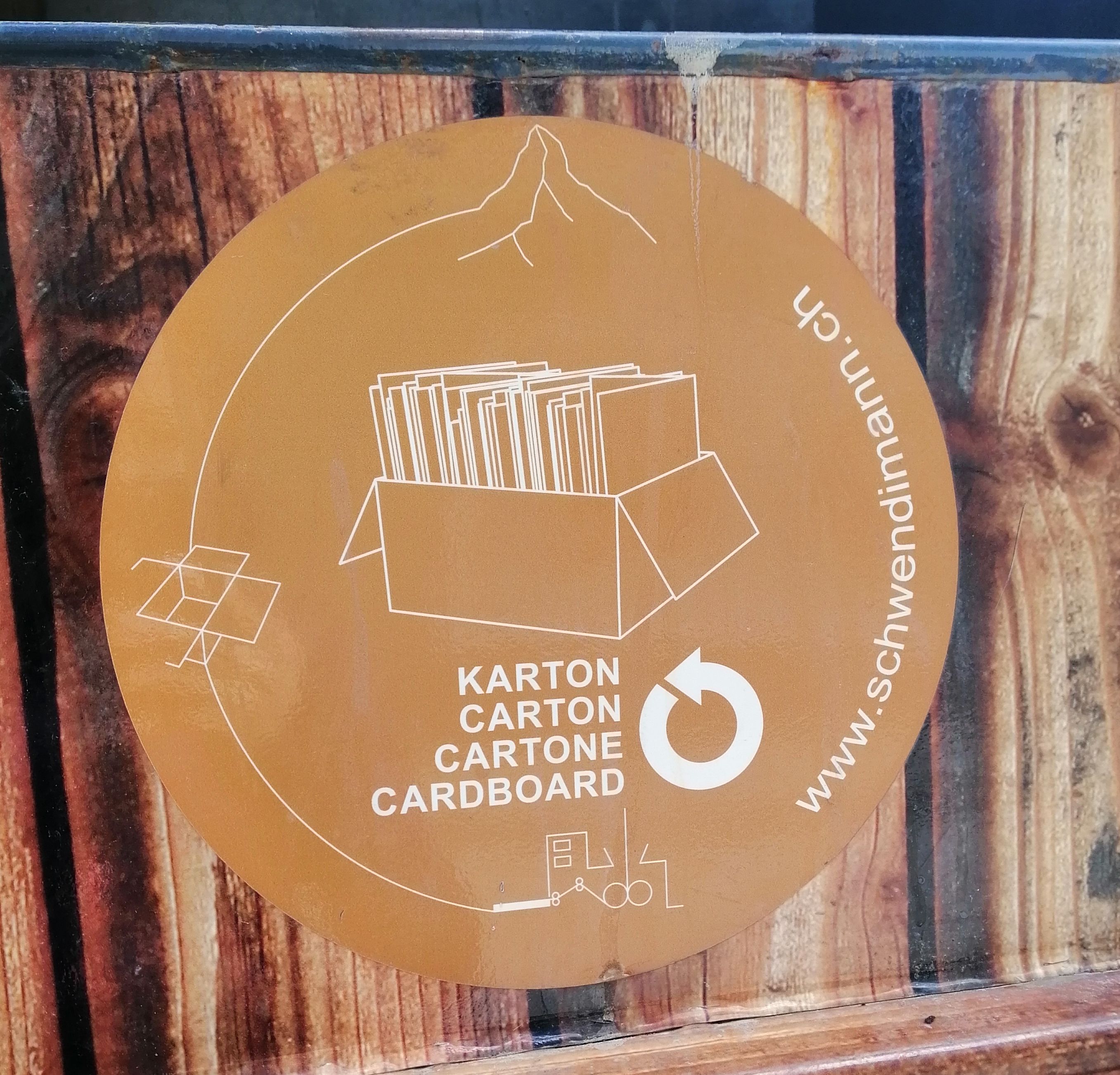
|
28042
|
|
Switzerland
Zermatt
|
|
|
—
|
BA Linguistic Landscape
|
|
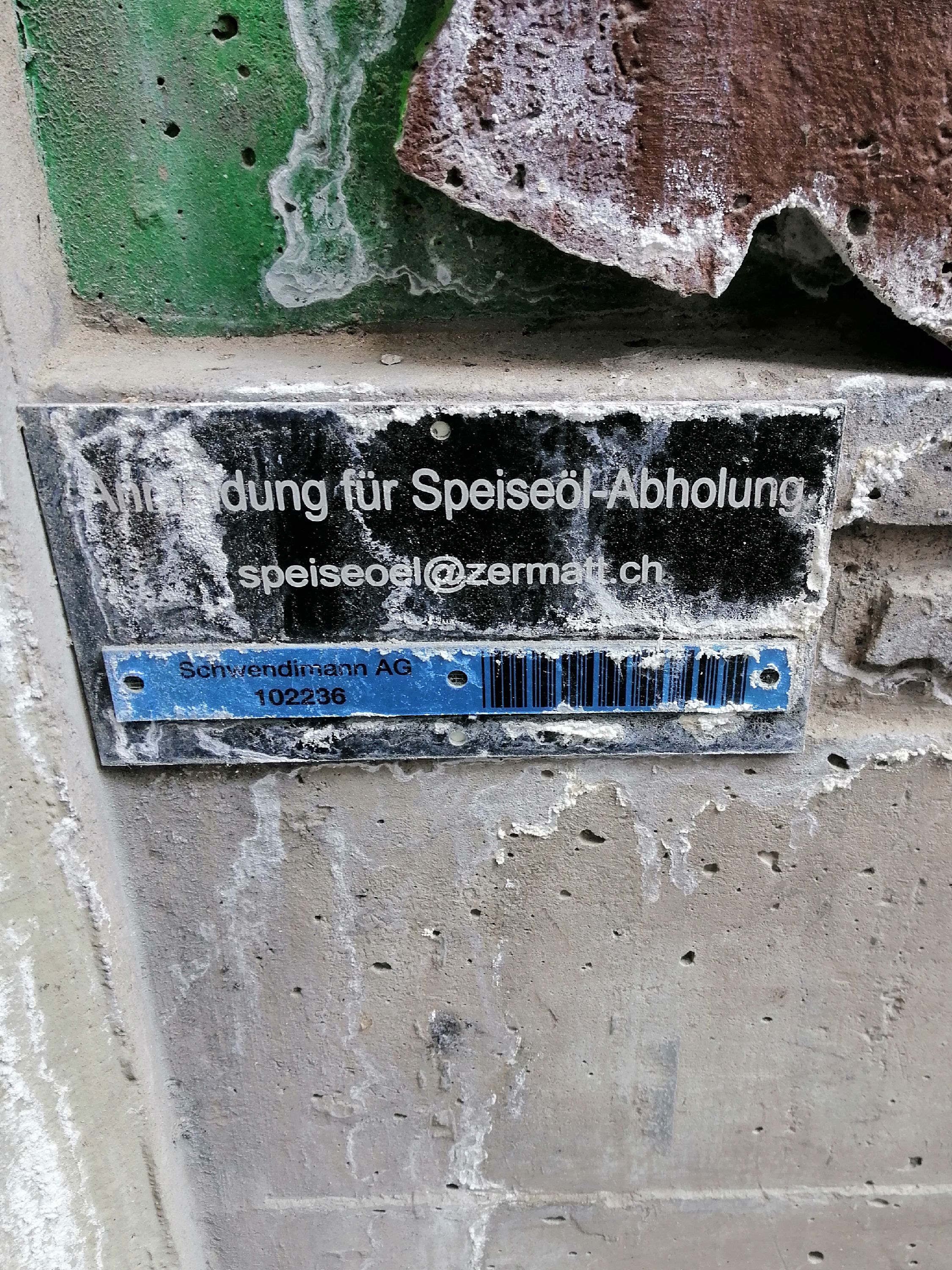
|
28298
|
|
Switzerland
Zermatt
|
|
|
—
|
BA Linguistic Landscape
|
|
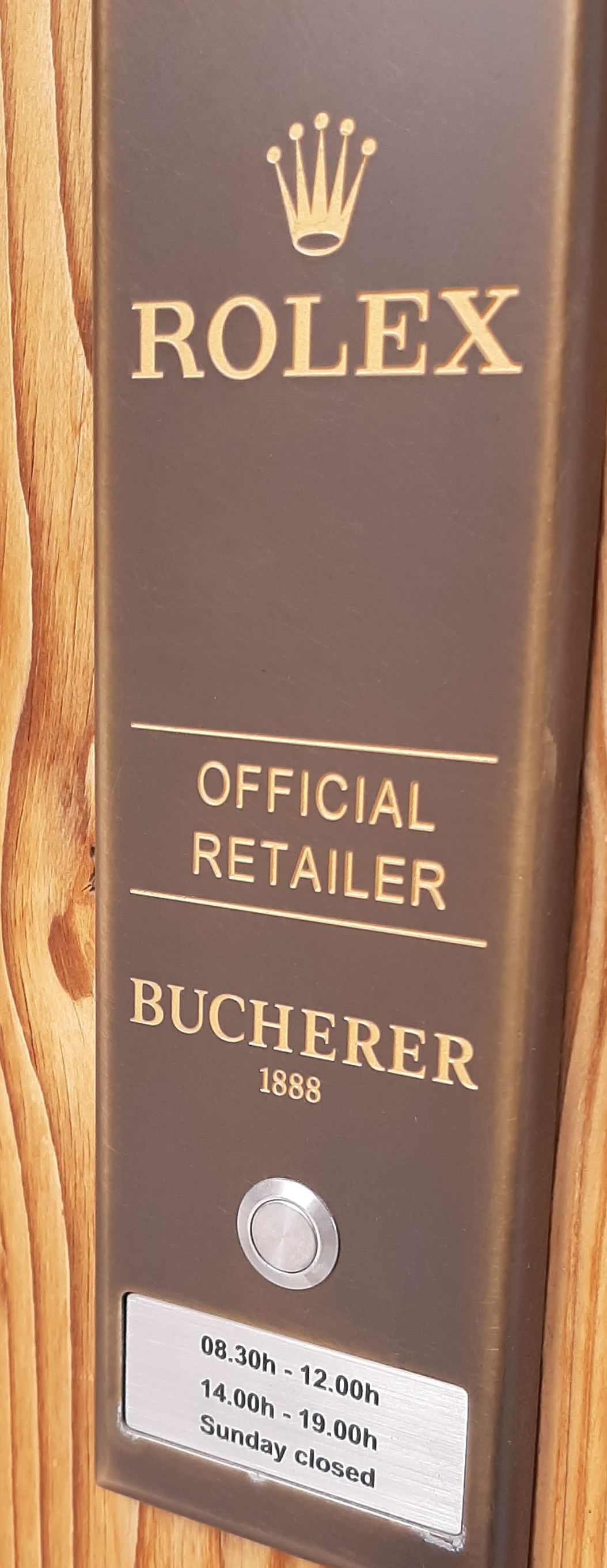
|
29834
|
|
Switzerland
Zermatt
|
|
|
—
|
BA Linguistic Landscape
|
|
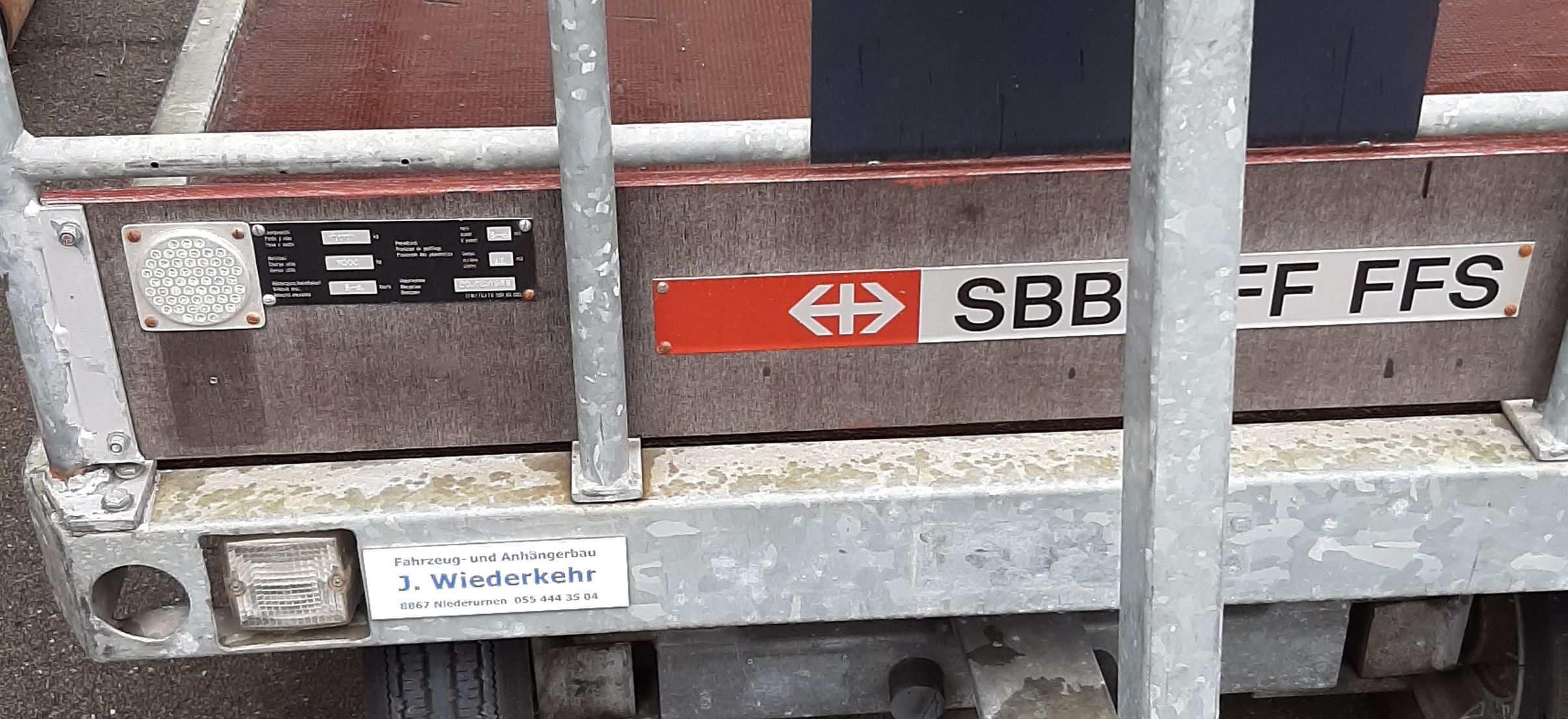
|
30090
|
|
Switzerland
Andermatt
|
|
|
—
|
BA Linguistic Landscape
|
|
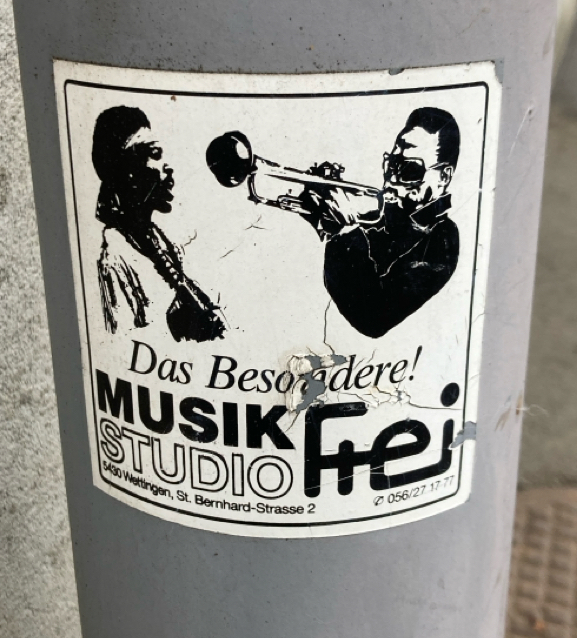
|
95882
|
|
Switzerland
Wettingen
|
|
|
—
|
|
|

|
30602
|
|
Switzerland
Lauterbrunnen
|
|
|
—
|
BA Linguistic Landscape
|
|

|
36234
|
|
Switzerland
Nidau
|
|
|
—
|
6LLBiel
|
|
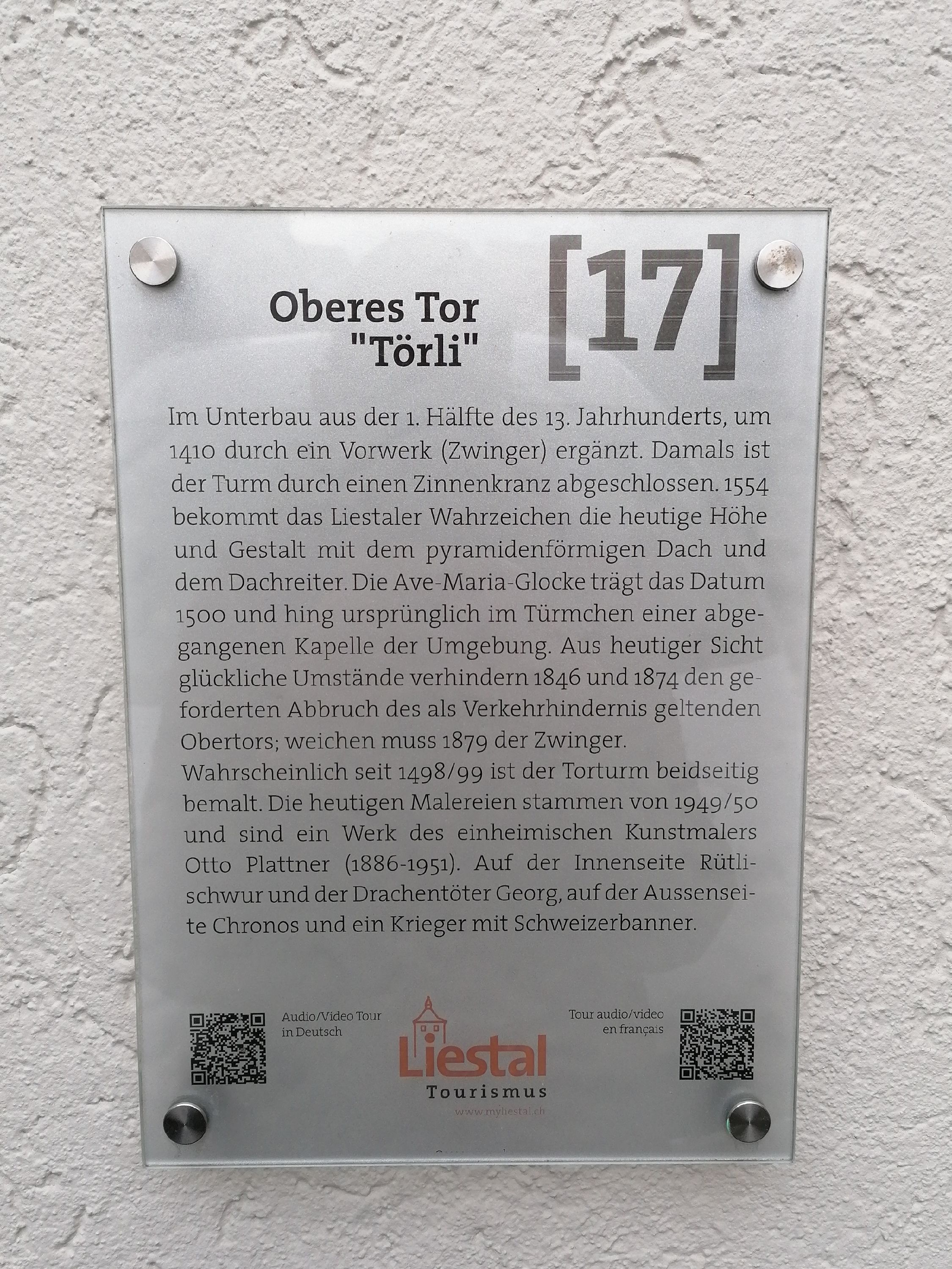
|
46474
|
|
Switzerland
Liestal
|
|
|
—
|
|
|
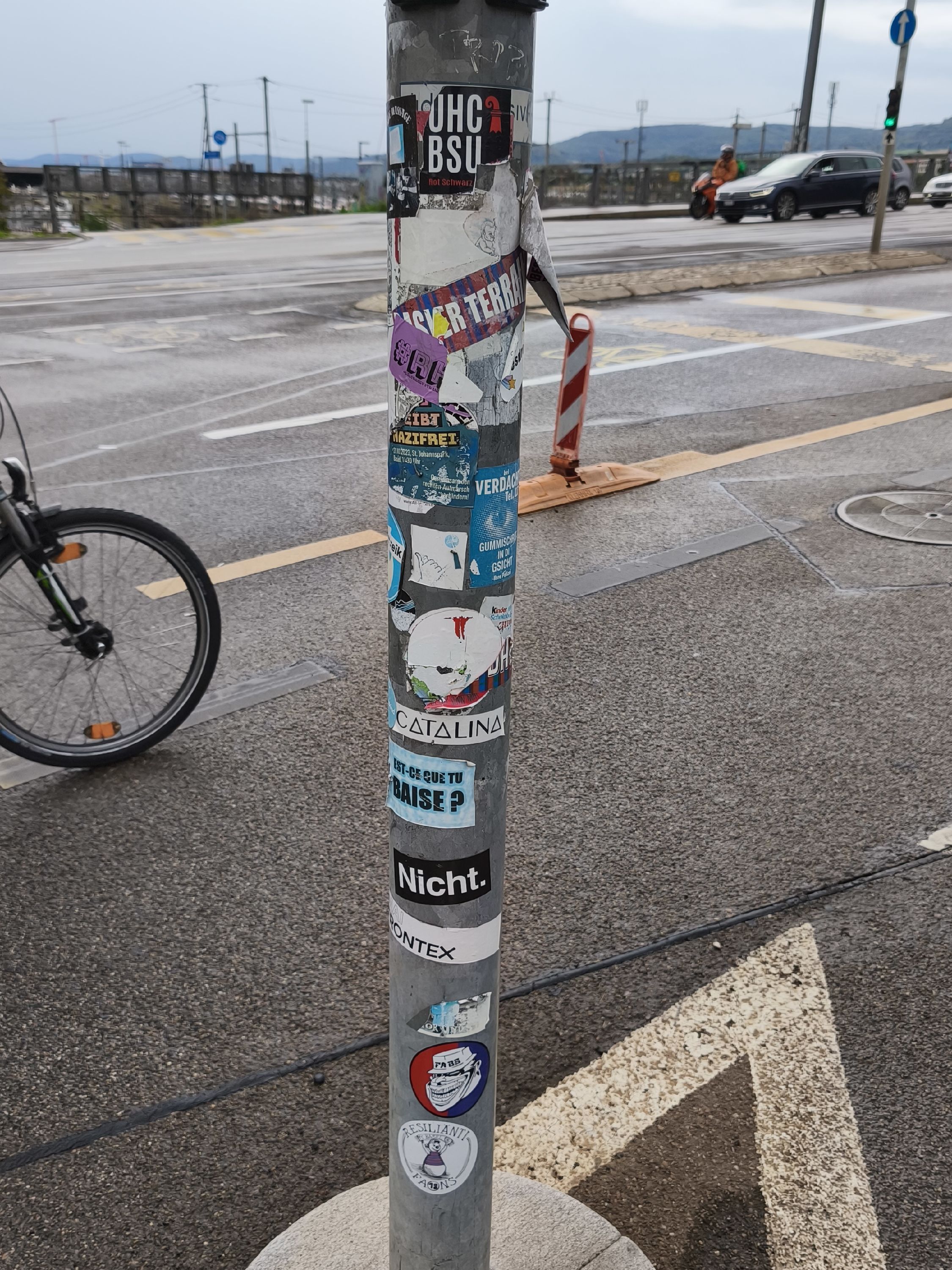
|
138123
|
Ying_Phan
|
Switzerland
Basel
|
|
|
FC Basel
|
|
|
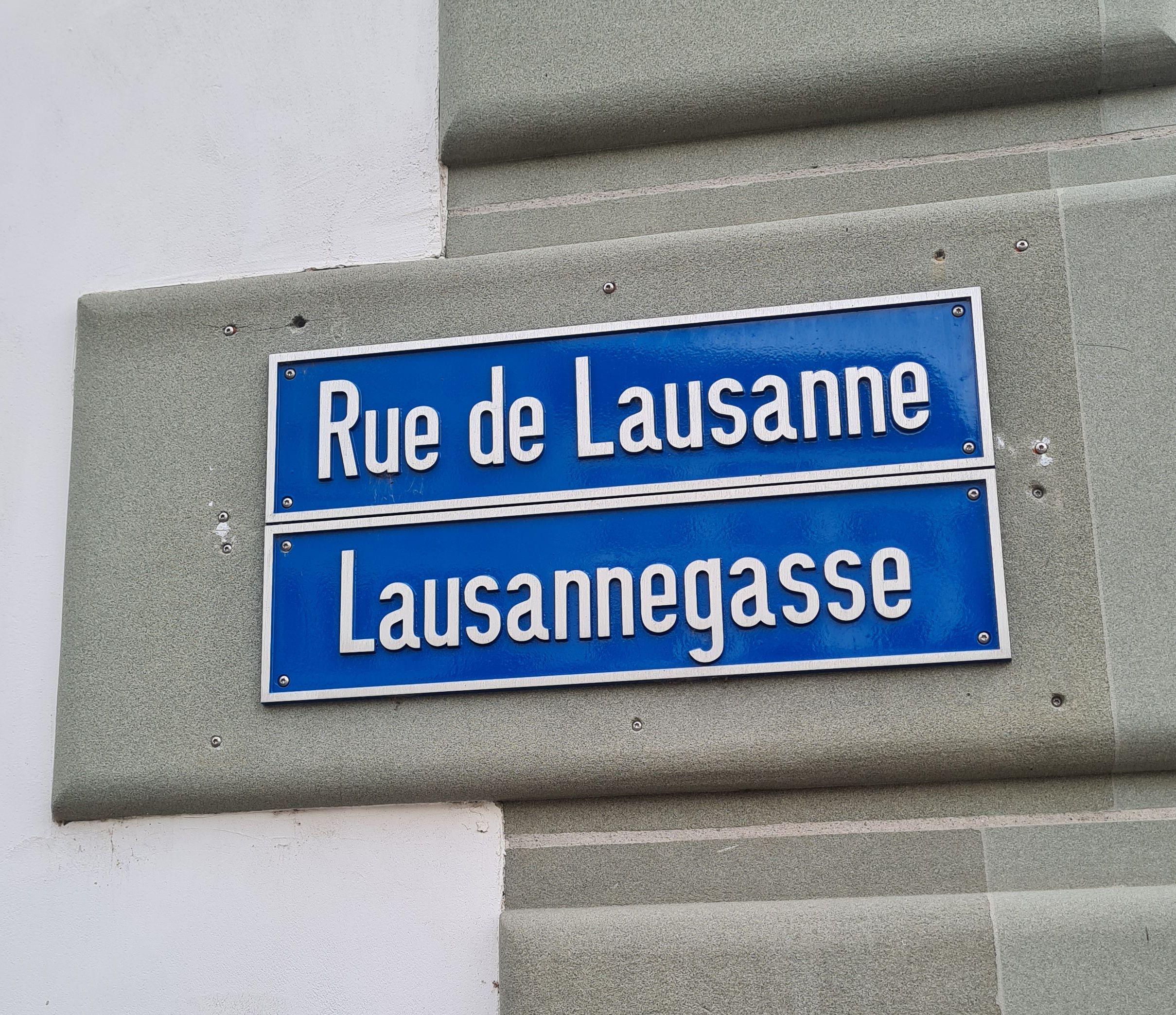
|
138635
|
L-U.K
|
Switzerland
Fribourg
|
|
|
—
|
Freiburg/Fribourg2025
|
|
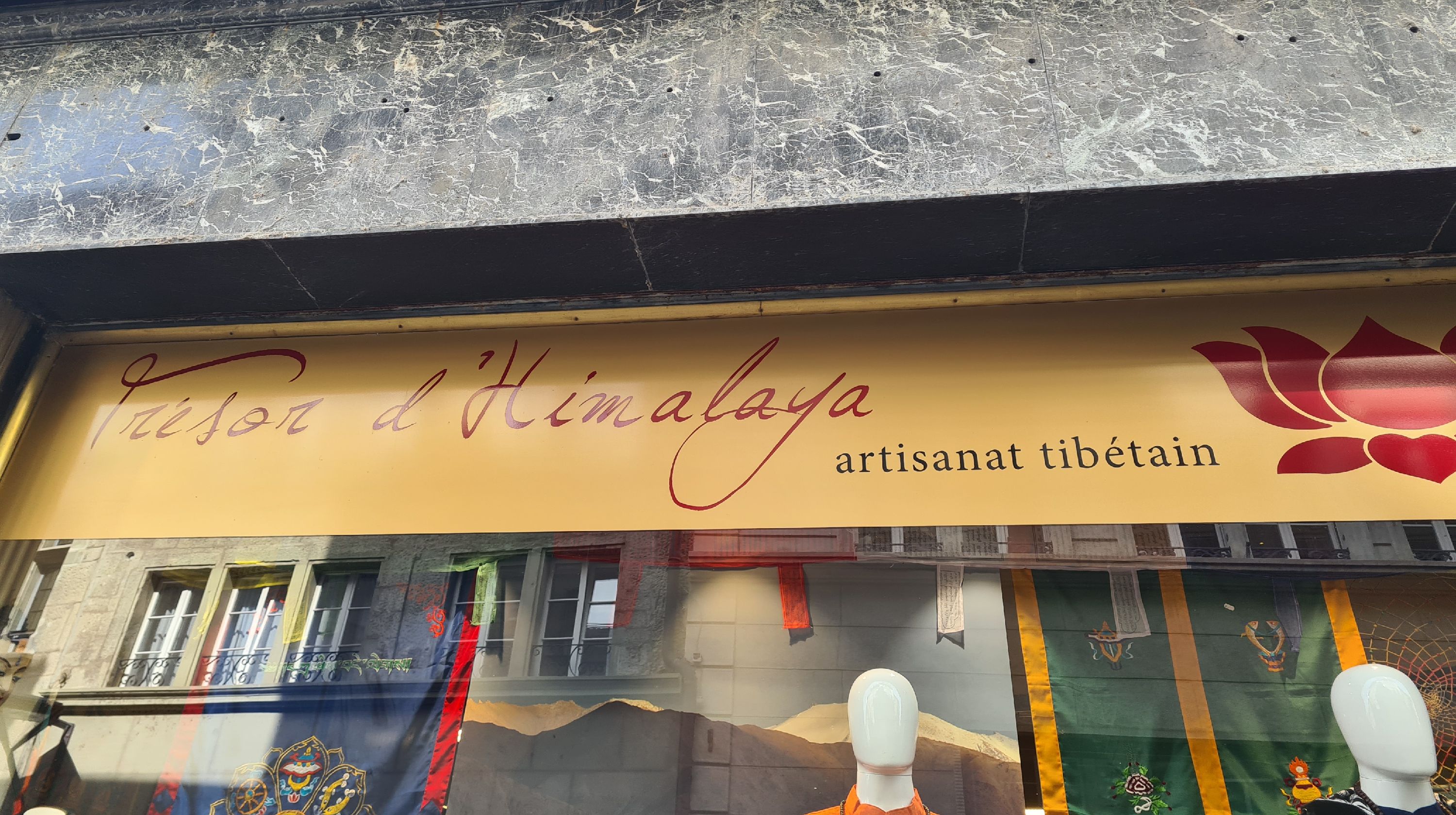
|
139659
|
L-U.K
|
Switzerland
Fribourg
|
|
|
—
|
Freiburg/Fribourg2025
|
|
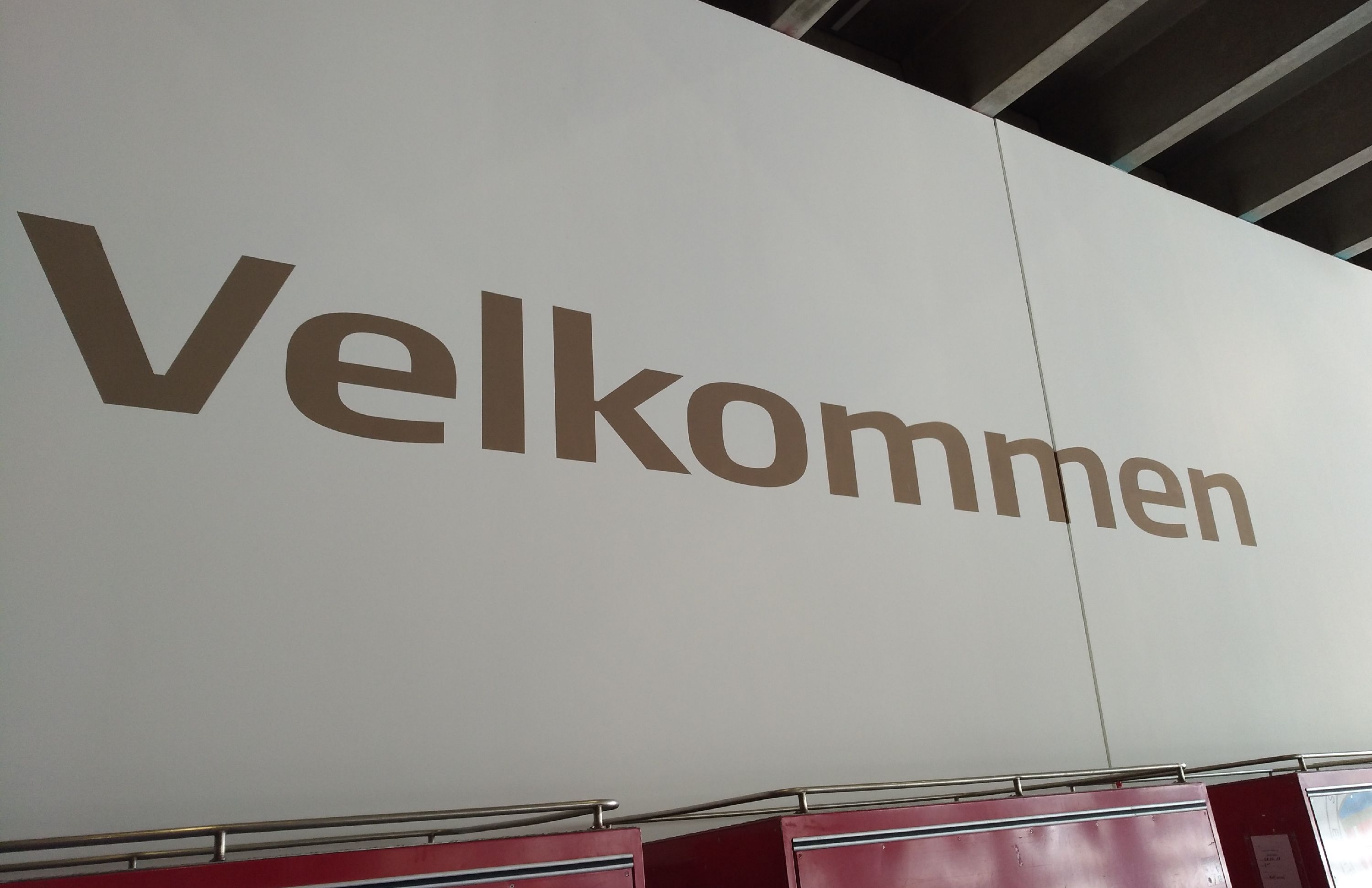
|
8843
|
|
Switzerland
Zermatt
|
|
|
—
|
MA1.0
|
|
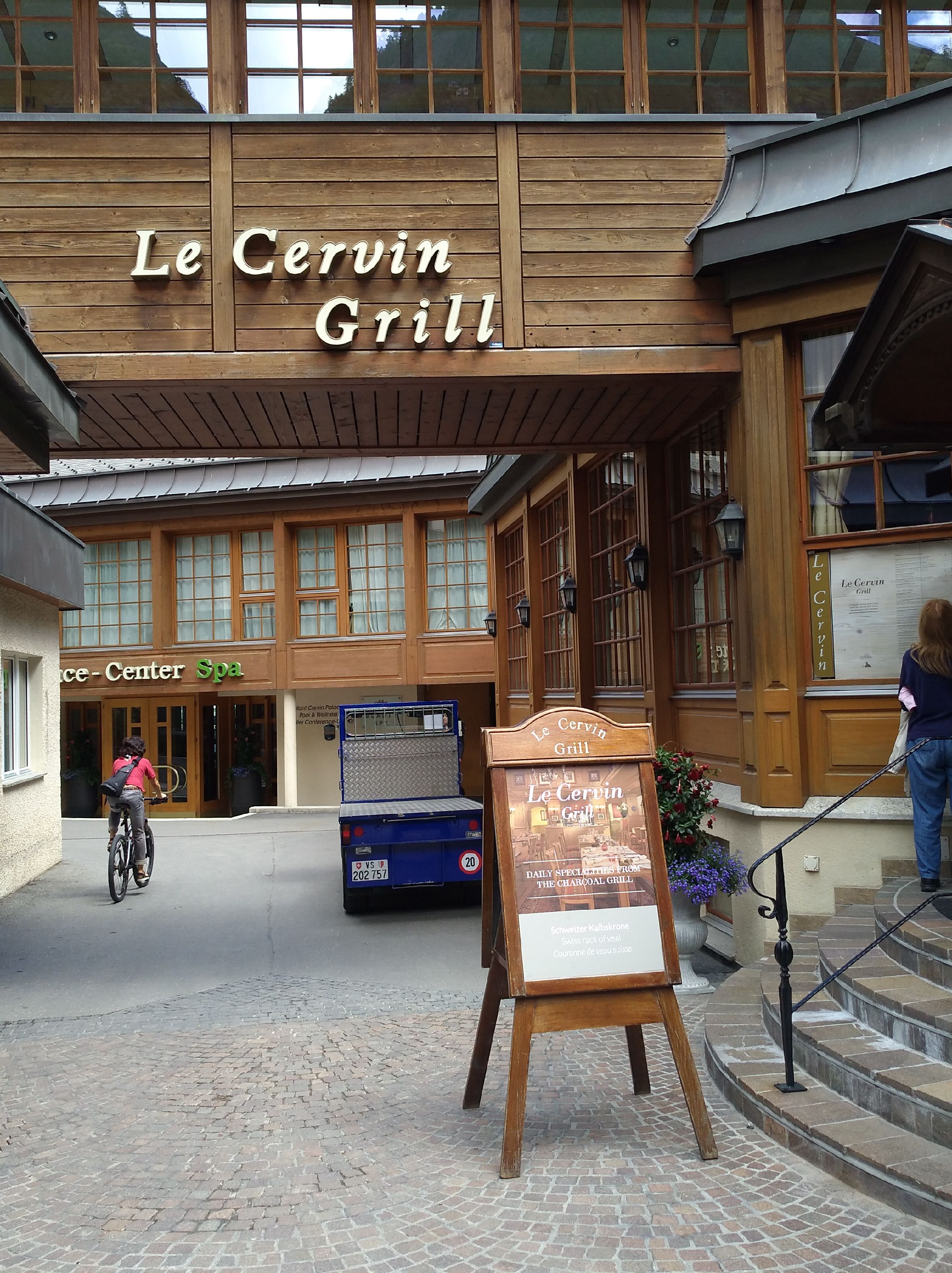
|
9099
|
|
Switzerland
Zermatt
|
|
|
—
|
MA1.0
|
|
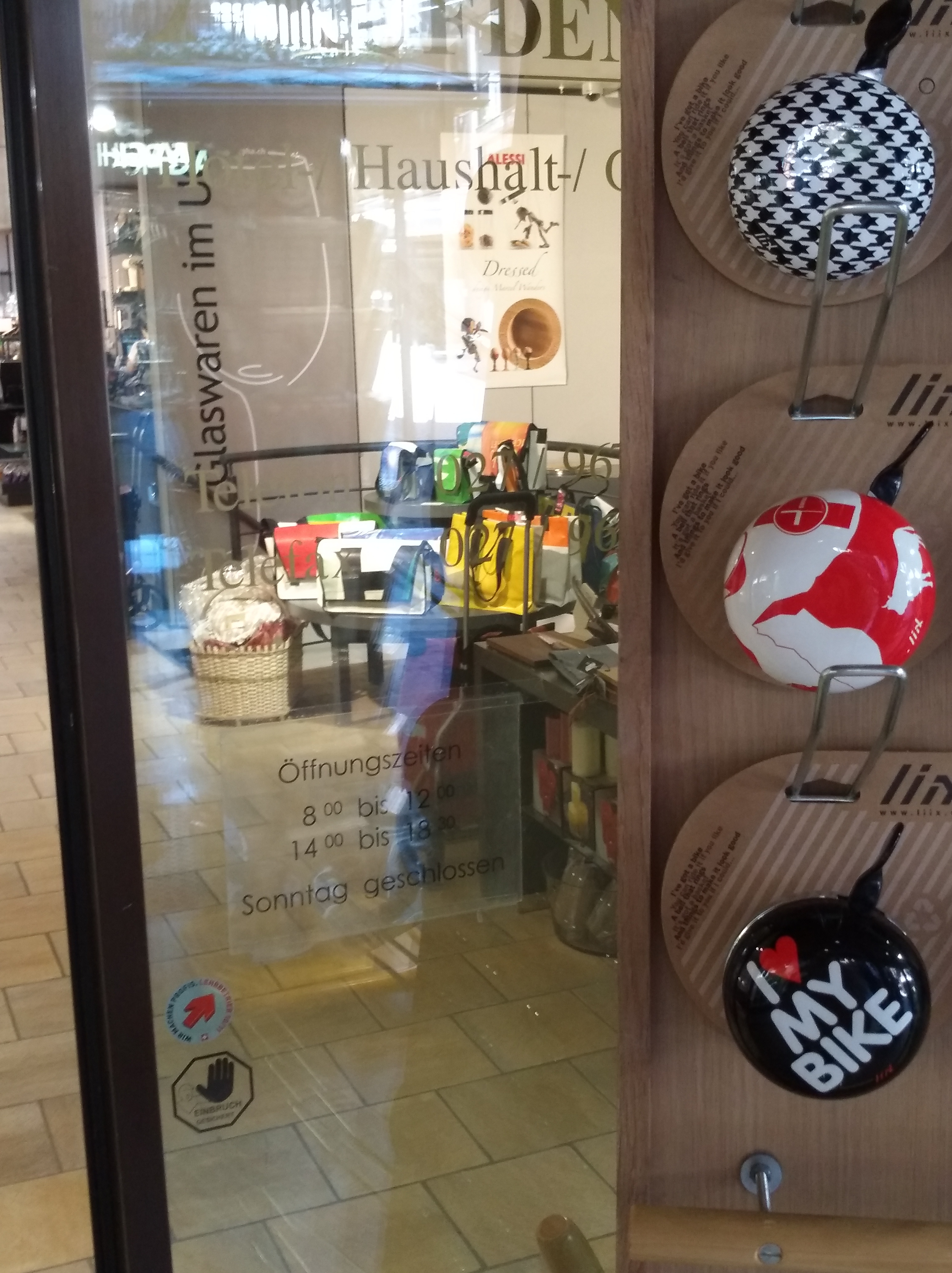
|
9611
|
|
Switzerland
Zermatt
|
|
|
—
|
MA1.0
|
|